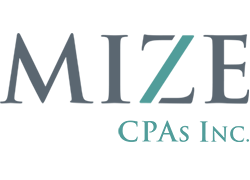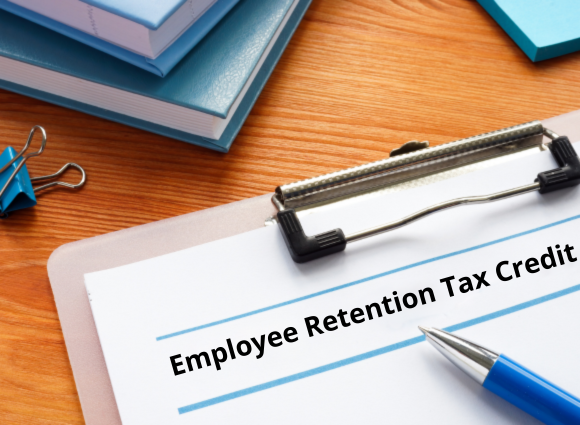
Four Ways to Improve Cash Flow by Managing Receivables
If your small business is experiencing cash flow constraints, you’re not alone. The pandemic has lengthened the Days Sales Outstanding (DSO), the average number of days that it takes to collect payment for a sale, also known as the average collection period. If your DSO is increasing, it’s because your customers are taking longer to pay their bills, which can seriously impact your cash flow. Every dollar in your accounts receivable is a dollar that’s not cash in the bank.
Here are four ideas for ways in which you can turn your receivables into cash:
- Using the Carrot and Stick Approach. If you give customers a discount on their bill for paying within a certain number of days, it might encourage them to pay early. For example, if they pay within 14 days, you might offer them a 3% discount.
Alternatively, you could consider assessing penalties for past-due accounts. And if a customer responds proactively and pays off their balance, you might waive the fee as a goodwill gesture. After all, your goal is to get their bill paid, not to punish them.
- Focus on Collections. Start by calling your delinquent customers to see what’s going on. Maybe you can work out a lower bill or a payment plan if they’re experiencing financial difficulties. Or maybe they’re just short handed in their bookkeeping staff and are behind on paying their invoices. A personal phone call is harder to ignore than a written reminder and might just move your bill to the top of the pile.
If that doesn’t work, it might make sense to have a dedicated person on your team assigned to make collections calls . . . or even hire a collections agency if the issue is significant enough.
- Visit with Your Banker. You can set up a line of credit based on your accounts receivable balance, which serves as collateral for the loan. Each financial institution has its own fees and interest rates for these types of loans, which can be taken out for up to 90% of the value and are repaid as your customers pay their bills.
- Take Out a Factoring Loan. In this method, you finance through a factoring company by selling your unpaid customer invoices in exchange for a cash advance equal to a portion of the value. Once your customers pay their bills, the factoring company remits the remaining cash to you. Fees for invoice factoring range from 1% to 5% of the accounts receivable balance.
This method of financing is typically easier to obtain than a loan from your bank, because the credit history of your business is not considered as highly – it’s the creditworthiness of your customers. Also, the approval time is typically shorter than a normal business loan.
The disadvantages of factoring include cost, the relinquished control from selling invoices to a third party, and issues if your customer fails to pay, which may require you to buy back the invoice. With both bank lines of credit and factoring, any receivables which are more than 90 days outstanding will not be included.
These are unprecedented times, and cash flow shortages are common. Contact your Mize relationship manager to discuss ways in which you can improve your financial situation.



